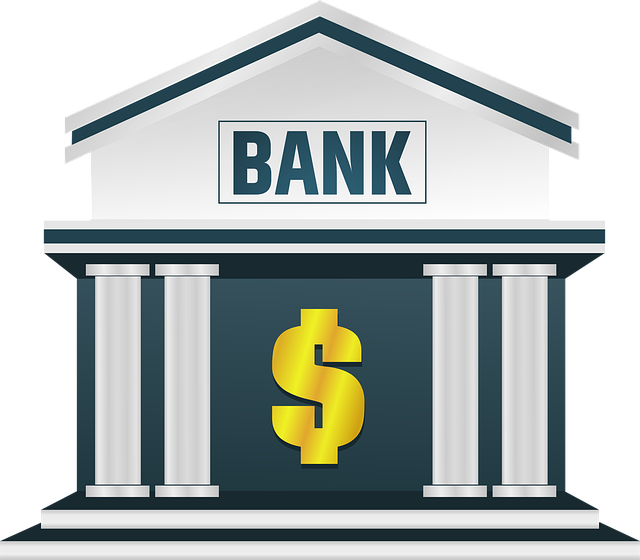Equipment loans empower small businesses to acquire or upgrade essential assets without depleting capital, fostering stability and growth by preserving funds for critical investments like staffing, marketing, and research. Strategic planning, careful management of depreciation and maintenance costs, and timely refinancing maximize ROI. Case studies show these loans drive productivity gains, expand revenue streams, and enable firms to meet market demands promptly through efficient operational upgrades, ultimately achieving long-term capital preservation.
In today’s competitive business landscape, maintaining stability amidst fluctuating markets is paramount. Equipment loans emerge as a strategic tool for businesses seeking to enhance their operational resilience without compromising capital preservation. This article delves into the transformative power of equipment financing, exploring its profound impact on business stability. We’ll dissect the benefits of leasing, provide practical strategies for optimal utilization, and present compelling case studies of enterprises that have harnessed equipment loans to navigate economic challenges successfully.
- Understanding Equipment Loans and Their Impact on Business Stability
- Benefits of Leasing Equipment for Capital Preservation
- Strategies to Maximize Equipment Loan Efficiency
- Case Studies: Successful Businesses Leveraging Equipment Loans
Understanding Equipment Loans and Their Impact on Business Stability

Equipment loans are a powerful financial tool that can significantly impact business stability, especially for smaller enterprises with limited access to capital. These loans are designed to fund the acquisition or upgrade of essential business assets, such as machinery, vehicles, or technology. By securing funding in this manner, businesses can avoid the immediate cash outlay required to purchase equipment, preserving their capital for other strategic investments.
The impact on stability is twofold. Firstly, it provides a safety net by allowing companies to acquire necessary tools without straining their financial resources. This ensures business continuity, especially during unforeseen circumstances like market downturns or unexpected equipment failures. Secondly, equipment loans can stimulate growth by enabling businesses to access modern, efficient technology, thereby increasing productivity and competitiveness in the market.
Benefits of Leasing Equipment for Capital Preservation

Leasing equipment instead of purchasing it offers a strategic advantage for businesses aiming to maintain financial stability and preserve capital. One significant benefit is the ability to avoid large upfront costs, which can be a burden for smaller or newly established enterprises. By leasing, companies can spread out payments over time, allowing them to allocate funds more efficiently to other critical areas such as staffing, marketing, or research and development.
This approach also provides flexibility, enabling businesses to easily upgrade their equipment as technology advances. They can choose the latest models tailored to their current needs without committing to long-term ownership. As a result, organizations can stay competitive in their industry, adapt to market changes, and maintain a healthy cash flow while ensuring they have the necessary tools to operate at peak performance.
Strategies to Maximize Equipment Loan Efficiency

To maximize equipment loan efficiency, businesses should prioritize strategic planning and thoughtful implementation. One key strategy is to align loan terms with your operational needs, ensuring that repayment schedules don’t disrupt cash flow. By carefully managing depreciation and maintenance costs, you can enhance the return on investment (ROI) from your equipment. Additionally, exploring options for refinancing or selling assets once their useful life nears end can help in preserving capital.
Another effective approach is to leverage the loan for specific growth initiatives rather than general operating expenses. Target investments that drive productivity gains or open new revenue streams, ensuring that the borrowed capital multiplies in value. Regularly reviewing and adjusting your asset portfolio can also optimize equipment financing. This involves evaluating which assets need replacement, upgrading them strategically, and retiring others responsibly to maintain a balanced and efficient fleet.
Case Studies: Successful Businesses Leveraging Equipment Loans

Many successful businesses have leveraged equipment loans as a strategic tool for growth and stability. Case in point, consider a mid-sized manufacturing company facing a surge in demand for its products but lacking the capital to acquire new machinery promptly. Through an equipment loan, they were able to secure the necessary funds, purchase advanced equipment, and increase production capacity within months. This not only met the market demand but also improved their competitive edge.
Another example is a small logistics startup that needed to expand its fleet of vehicles to cater to a growing customer base. By opting for an equipment loan, they were able to invest in modern, fuel-efficient vehicles without compromising on cash flow. This strategic move not only enhanced their operational efficiency but also contributed to long-term capital preservation by ensuring a sustainable growth model.
